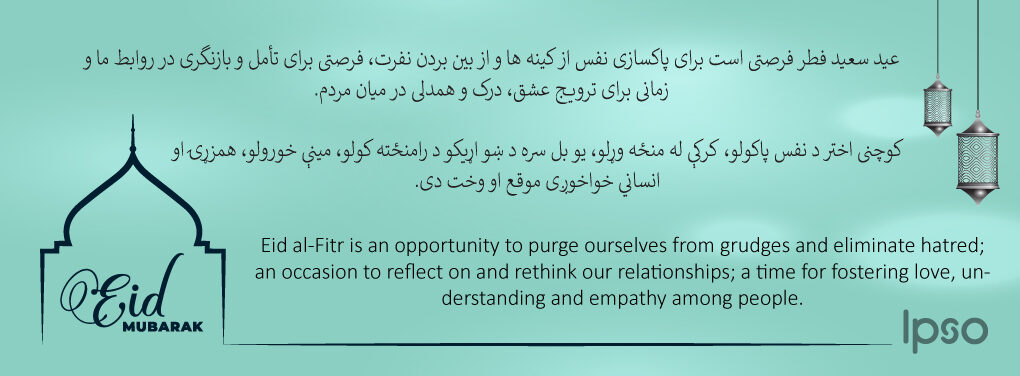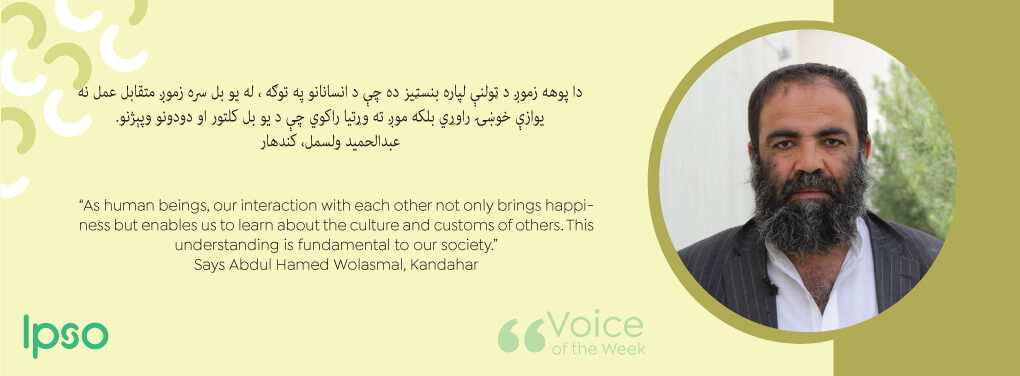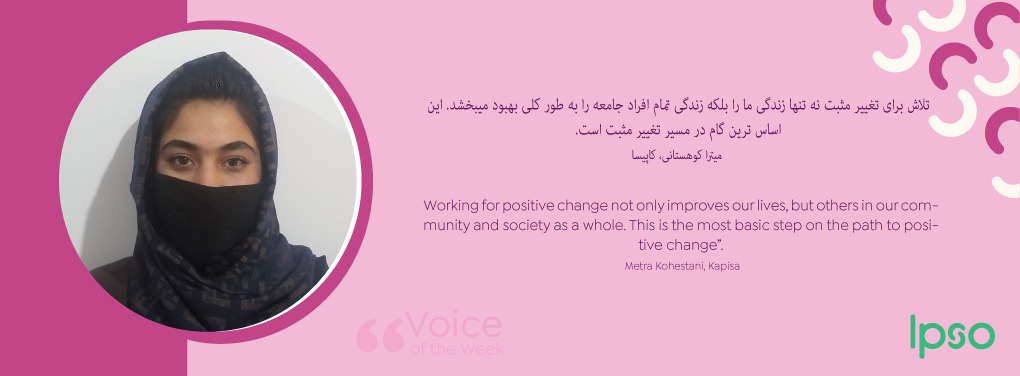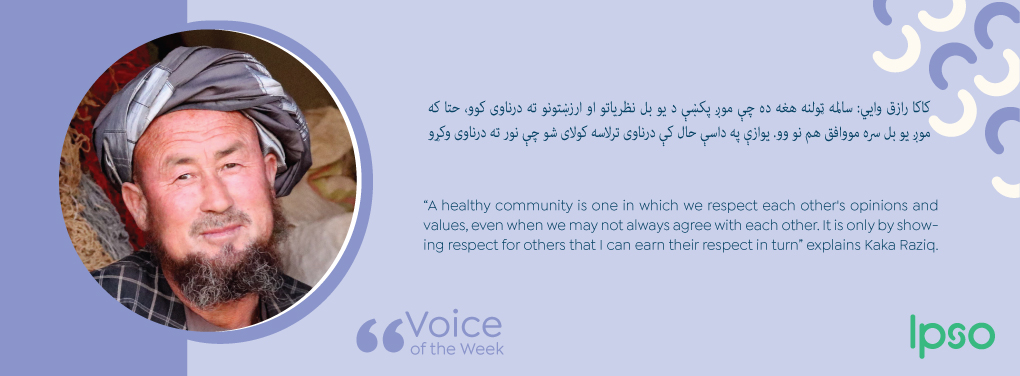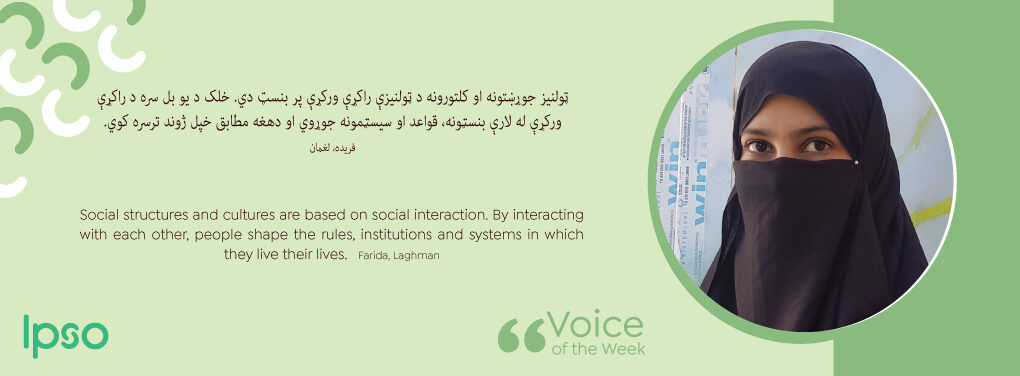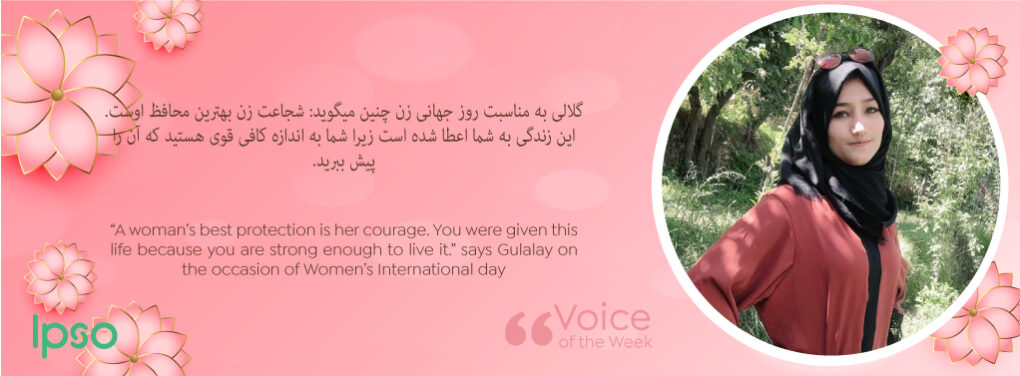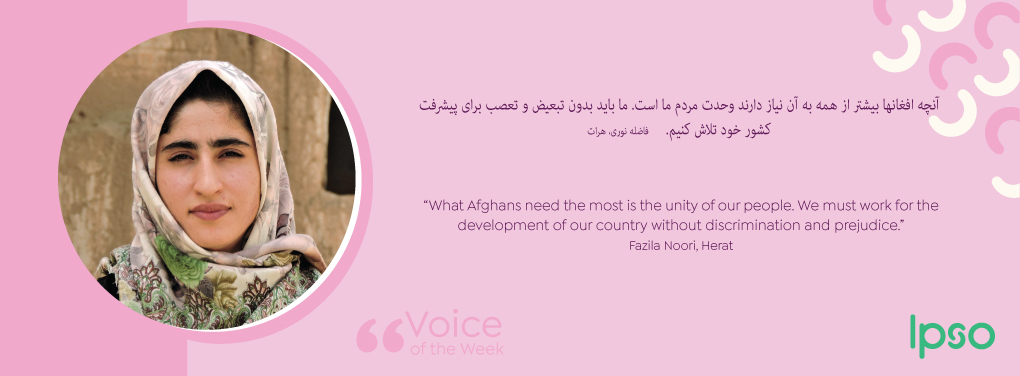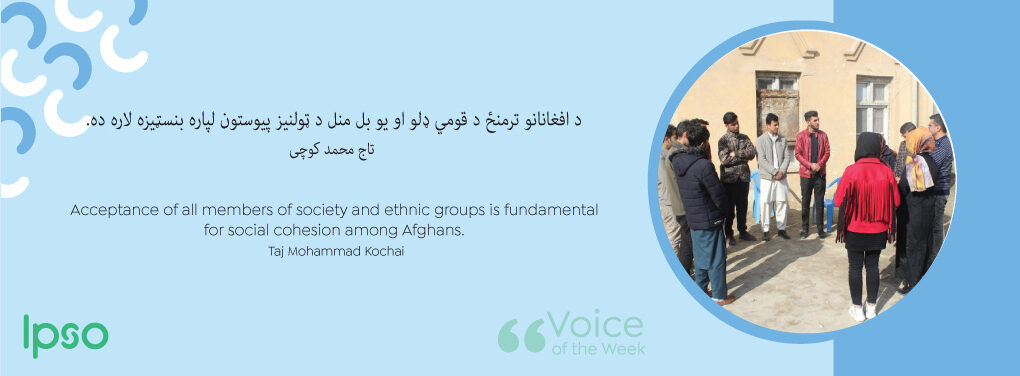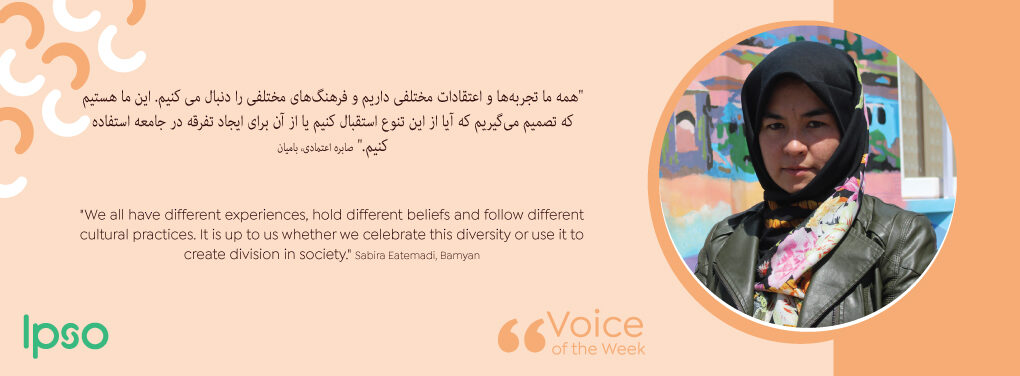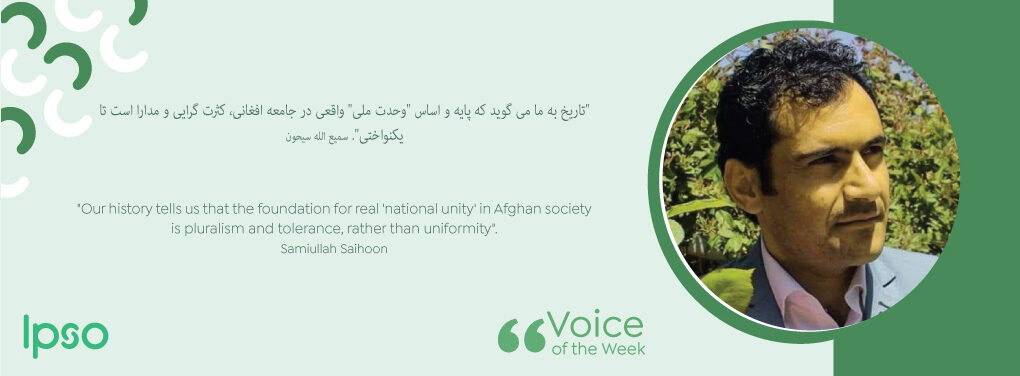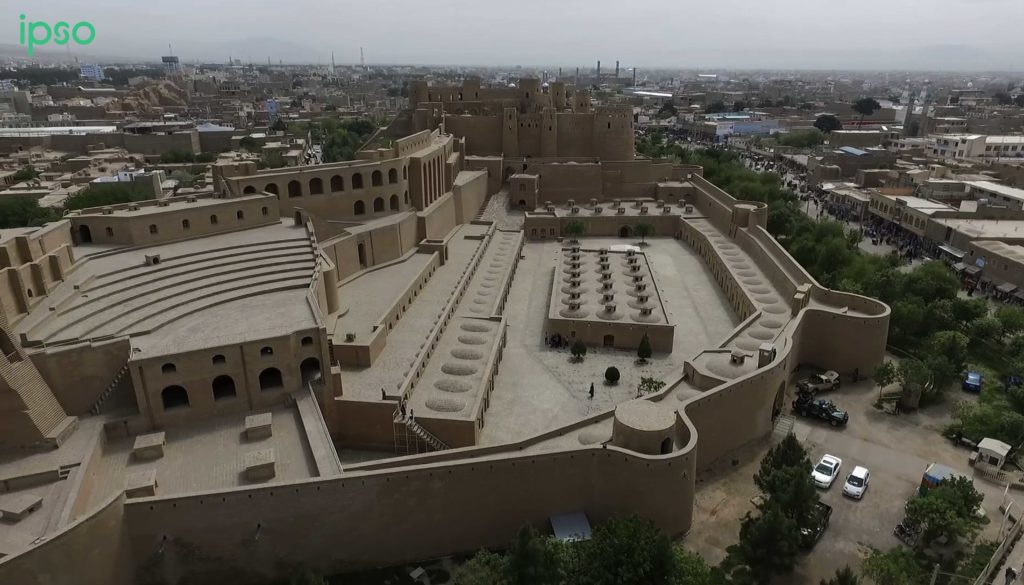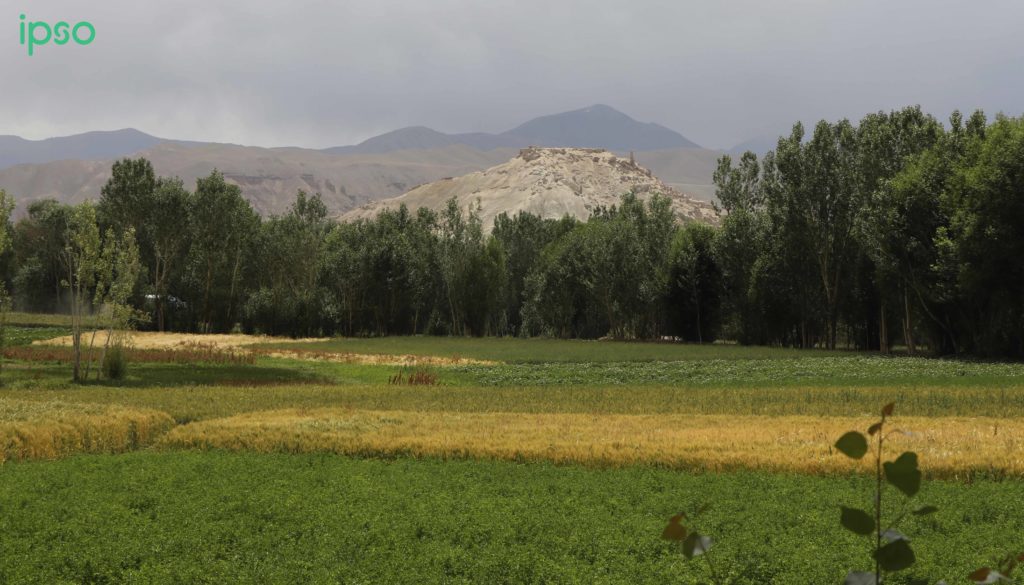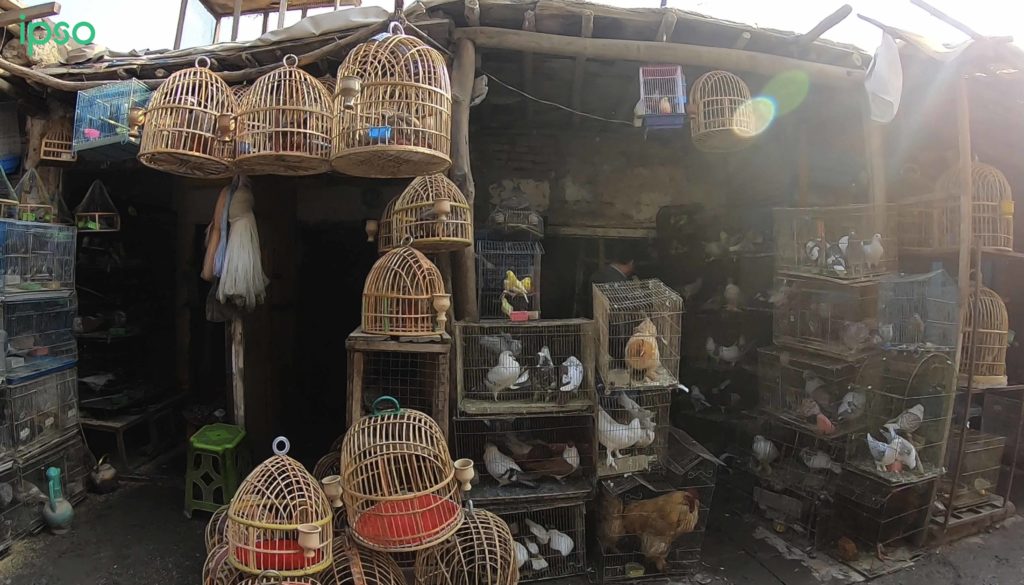Afghan society has a rich diversity of cultures and traditions. Some reflect a tribal structure, while others are based on ethnicity. The region in the west, north and centre of the country are influenced by neighboring Central Asian and Persian culture, which is distinct from the clan-based tradition seen in the south and east, where Pashtu is mostly spoken.
On 10th March, people across the country come together to mark a National Day of Preservation of Cultural Heritage, which celebrates what Afghans living in these regions share.
Mohammad Rafi, who lives in Kapisa, says: “Our culture reflects our feelings and helps us understand how the values of past generations shape who we are today. It is vital that we not only preserve our traditions but also share these between communities so as to develop trust and understanding across society.”
Poetry is a central part of Afghan culture, both in Persian and Pashto languages. Through history, poems have played an important role in articulating ideas and feelings, as well as providing a sense of self and way of developing literacy for all generations.
“Our culture offers us a source of resilience and has the potential to enhance understanding between individuals and communities of diverse ethnicities,” explains Mansoor, a 30-year old from Kandahar.
Mahmoodi from Nangarhar says: “A sense of superiority of one culture over another divides society and risks creating tensions between groups. We need to use culture to build bridges and promote mutual understanding. Our culture is an embodiment of our values that we have a respobsility to nourish and pass to future generations.”
Music and dance offer a way of expressing these values. The atan dance has become a cultural symbol for many Afghans. Mansoor, an artist explains: “Our traditional musical instruments include the rabab, dutar, santur, sitar, harmonium and Chang, which are accompanied by table, dayreh and tanbur.”
The way Afghans construct their homes is also an expression of their culture, with houses in rural areas generally made of mudbricks or pakhsa (earth and straw mix) or stone. They are laid out with rooms built around a courtyard that ensures privacy for the family. These practices are changing over time, for social and economic reasons, and can present a challenge for households.
Keeping caged birds is popular in some parts of Afghanistan, with markets dedicated to selling these in most cities.
Afghanistan’s geography allows for a range of crops to be cultivated and this influences what people eat. At the heart of Afghan cuisine is rice, with wheat, maize, barley also widely eaten. In season, fresh fruit such as melons, pomegranates, grapes are abundant, with dried fruit an important export across the region.



